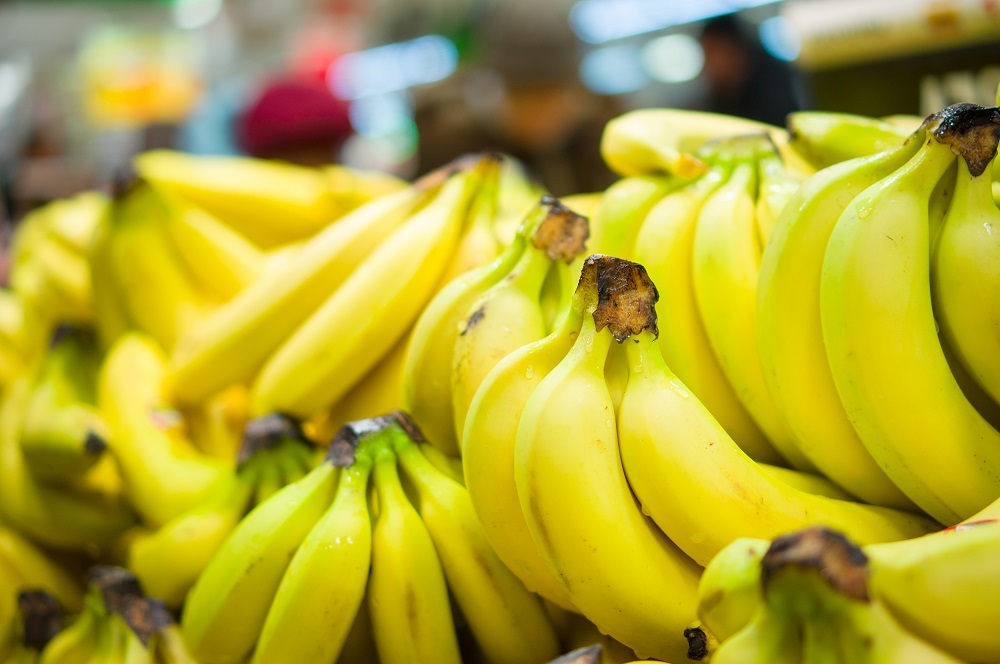South Korean fruit, tree nut imports continued upward trend in 2017

The volume of fruit and tree nut imports in South Korea rose by 8% year-on-year to 934,100 metric tons (MT) in 2017, carrying on the strong growth trend seen over previous years. 
Meanwhile, the value of imports increased by 9% to US$1.175 billion, according to data from the Korea International Trade Association (KITA).
Bananas remain the most popular imported fruit, seeing a 20% year-on-year rise in 2017 and representing just under half of the trade.
This largely explains why Philippines is the leading supplier by far in volume accounting for 45% of total fruit imports in South Korea, while another major banana shipper Ecuador is the fourth-largest provider.
Both these countries saw sharp upticks in volume sent to the country last year at rates of 11% (Philippines) and 73% (Ecuador).
But while these nations are strong on fruit volume they get edged out when it comes to the value of their exports.
While the United States' shipments to the Philippines were down slightly by 1% at 245,674MT, the value of exports was up 12% at US$808 million (more than the next seven ranked countries' exports combined).
The top five was rounded out by Southenr Hemisphere suppliers Chile, Peru and New Zealand, which had varying degrees of success in the market. Chile's exports were down 6% at US$158.6 million, Peru's were up a whopping 60% at US$72.6 million, and New Zealand saw an 8% uptick to US$64 million.
Oranges were the second-leading fruit import for South Korea, and while volume was down 9% at 142,000MT, value was up slightly by 1% at US$222 million.
Table grapes were the third-leading fresh fruit, achieving good returns in the market with volume up 5% (51,268MT) and returns up 4% (US$151 million).
Almonds (shelled) were up 8% in volume at 25,171MT and down 2% in value at US$172 million.
Kiwifruit import volume dropped 8% to 28,000MT, but value rose 6% to US$65 million.
Photo: www.shutterstock.com








































